nagasaki, port city
Port City Wonders: Five Enchanting Cities on the Water
James Lau
Posted on August 23, 2023
Share:
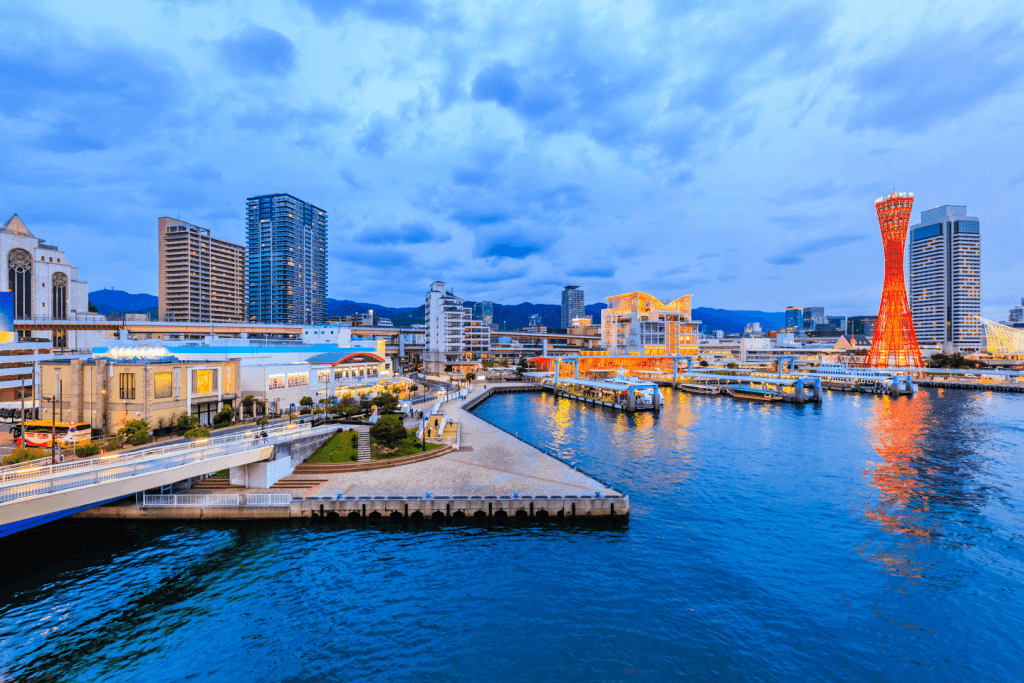
Japan, a land of beauty and rich culture, boasts a coastline with numerous port cities that have played significant roles in the nation’s history and growth. From the snowy mountains of Hokkaido to the southern shores of Oita, each port city has a unique story to tell.
We will journey through five fascinating Japanese port cities: Nagasaki, Yokohama, Shimonoseki, Otaru, and Beppu. Because these cities have witnessed centuries of maritime trade, cultural exchange, and growth, they leave a legacy that continues to shape modern Japan.
Nagasaki: Where East Meets West
Located between scenic hills and the calm waters of Omura Bay, Nagasaki’s history features a rich tapestry of different cultures. Portugal was the first European nation to contact Japan in the area via exploration in 1543 and acted as an intermediary between Japan and the rest of the word for trade. The most common trading items were weapons and silk. In addition, some Portuguese missionaries spread Christianity during their time there.
However, their time was short-lived, and the Portuguese and most of the world were banned from entry into Japan via the Sakoku policy (1639-1853). “Sakoku” means “locked country,” which generally meant foreigners couldn’t enter the country and Japanese people couldn’t leave. The Dutch were one of the few nations permitted to enter and trade with Japan, albeit on a minimal basis. As a result, Dutch culture and architecture influenced the port city of Nagasaki the most.
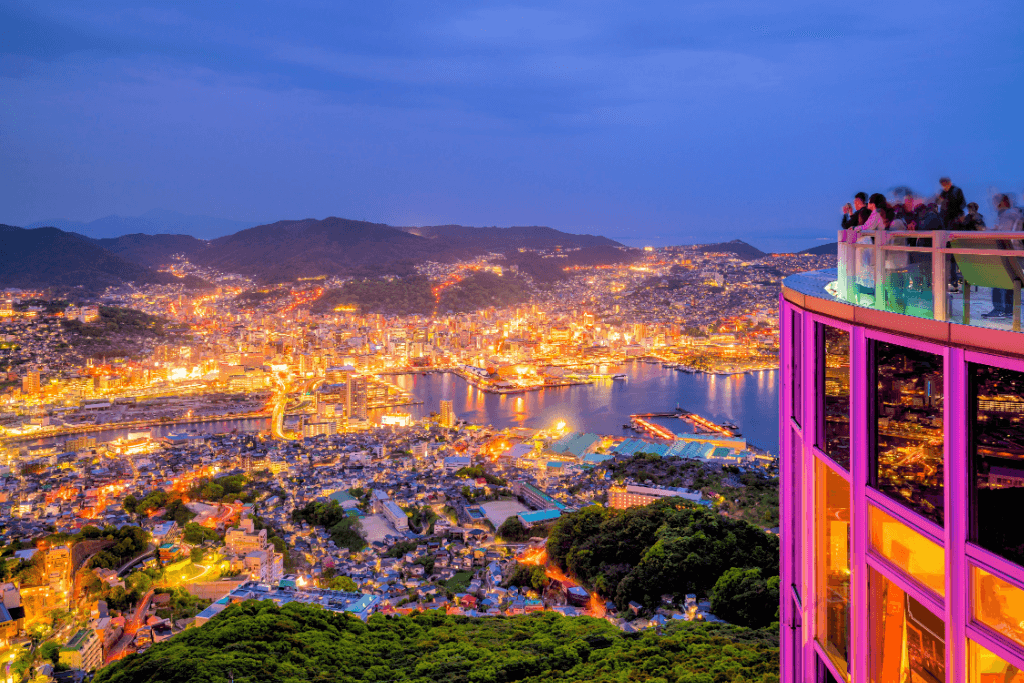
The Dutch, limited to Dejima Island, created a unique fusion of European and Japanese architecture. Visitors can explore the island and experience the fusion of cultures within its walls. The Portuguese influence is evident in the city’s culinary traditions, with tempura being a prime example of this exchange. As a result, Nagasaki continues to honor its multicultural past through various festivals and events, celebrating its vibrant history.
Yokohama: Gateway to Modernization
Moving eastward, we arrive at Yokohama, which mirrors Japan’s rapid modernization. What was once a humble fishing village became a busy city symbol of Japan reopening its borders after the end of its aforementioned isolationist policy in the 19th century. Since then, Yokohama has become home to many foreign influences, shaping its architecture, cuisine, and culture.
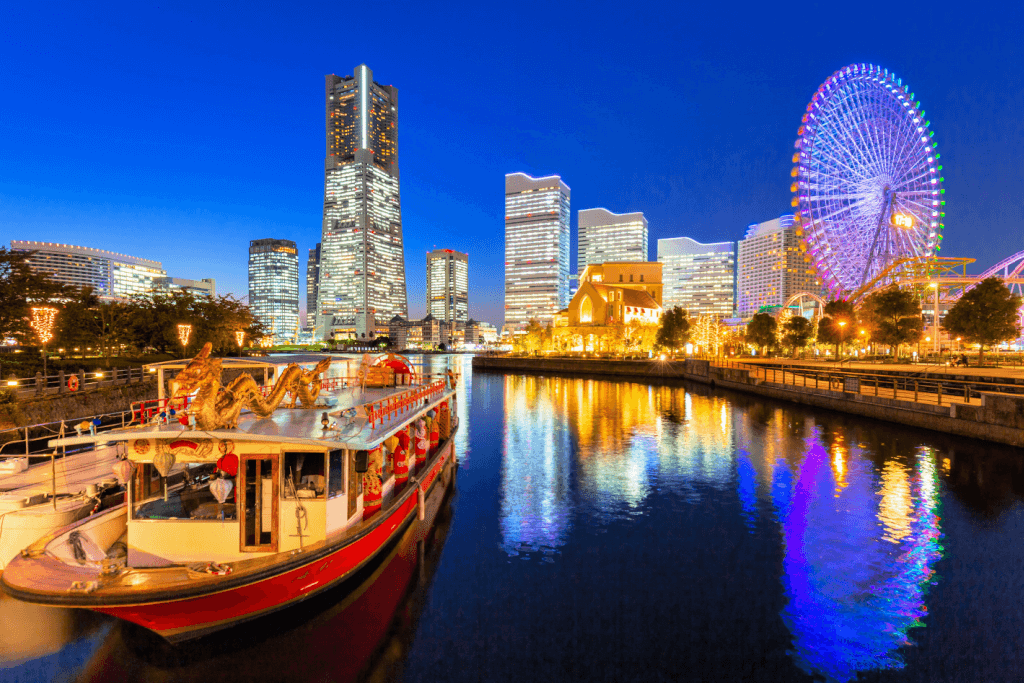
One of these historical locations is the iconic Yokohama Red Brick Warehouse. It is a living relic of this era and now houses many shops and galleries while blending the past with the present. Yokohama’s Chinatown, one of the largest in Asia, is another testament to the city’s diverse heritage. Generally, visitors can enjoy Chinese cuisine and immerse themselves in the vibrant atmosphere. As the birthplace of Japan’s modern beer industry, Yokohama is also home to several breweries where visitors can enjoy locally crafted beverages.
Are you interested in enjoying more artisanal snacks from enchanting port cities across Japan? Check out Sakuraco! Sakuraco sends traditional Japanese snacks, sweets, teas, tableware, and more right to your door!
Shimonoseki: Where Waters Converge
Heading south to Shimonoseki, we find a city famous for its pivotal position at the tip of Honshu Island and its link to the Kanmon Straits. Throughout history, this narrow waterway has seen numerous ships transporting people and goods between Honshu and Kyushu. Shimonoseki’s port has been a vital link in connecting these regions, fostering trade and cultural exchange.
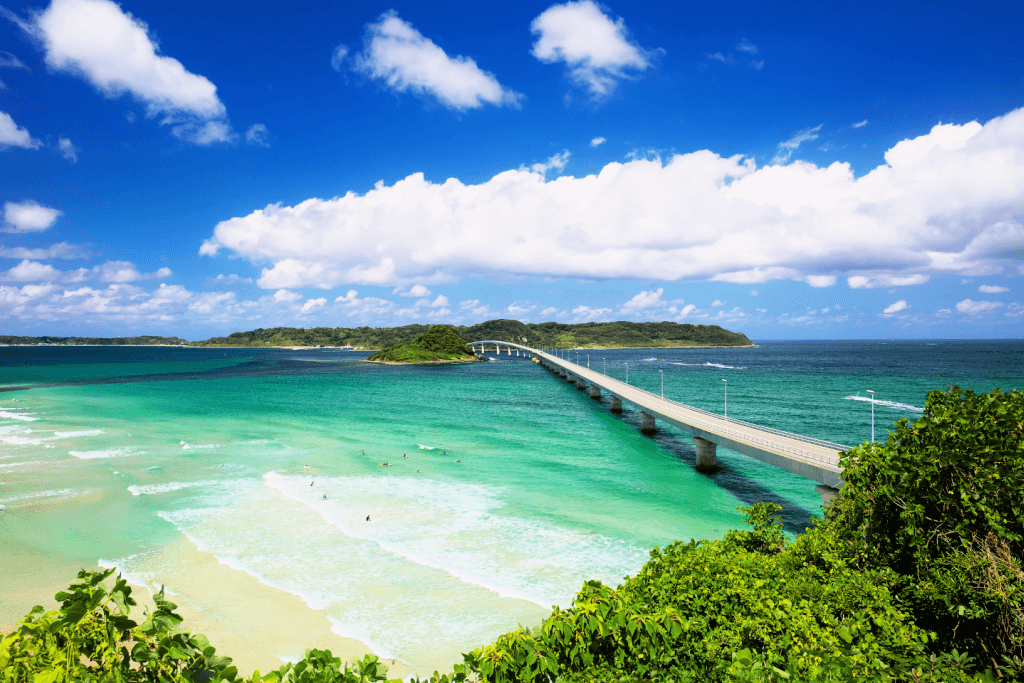
The city’s importance in Japan’s maritime history is commemorated through the Kanmonkyo Bridge, an engineering wonder that covers the straits. Shimonoseki’s deep ties to the sea are also shown in its seafood industry. Visitors can treat themselves to freshly caught delicacies, such as fugu (blowfish), a local specialty. In addition to its culinary treasures, Shimonoseki offers stunning coastal views and historical landmarks, including the Akama Shrine, dedicated to Japan’s famous warrior, Minamoto no Yoshitsune.
Otaru: A Glimpse of Maritime Nostalgia
Heading north to the island of Hokkaido, we arrive at Otaru, a charming port city steeped in maritime charm. Generally, Otaru grew as a center for herring fishing and trade during the late 19th and early 20th centuries. This city’s scenic canal, lined with preserved warehouses, undoubtedly gives visitors a sense of elegance and romance.
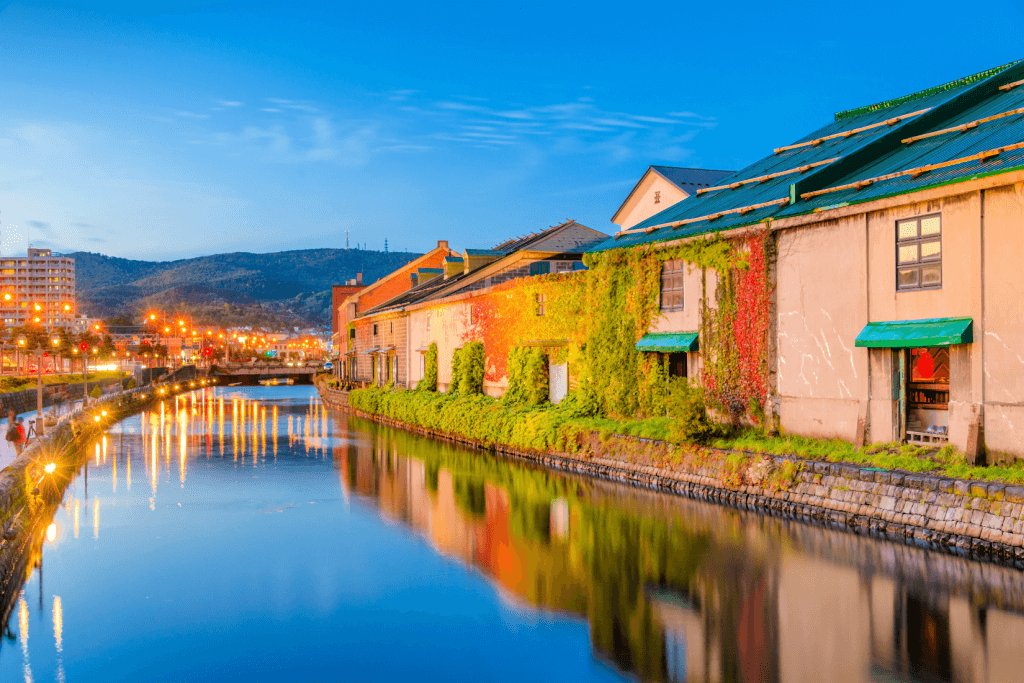
The Otaru Music Box Museum is an especially unique attraction where visitors can admire beautiful music boxes and immerse themselves in the city’s musical heritage. Otaru’s glassworks industry is another famous event, allowing visitors to create glassware and learn about the art of glassblowing. Moreover, the city’s annual Snow Light Path Festival–where snow-covered lanterns light paths–adds a touch of magic to Otaru’s maritime charm.
Beppu: Where Hot Springs Meet the Sea
Finally, we arrive at Beppu, a coastal city famous for its natural hot springs. Found between tall mountains and the blue waters of Beppu Bay, this port city is a paradise of relaxation. Beppu’s numerous onsen (hot springs) offer healing baths with stunning ocean views.
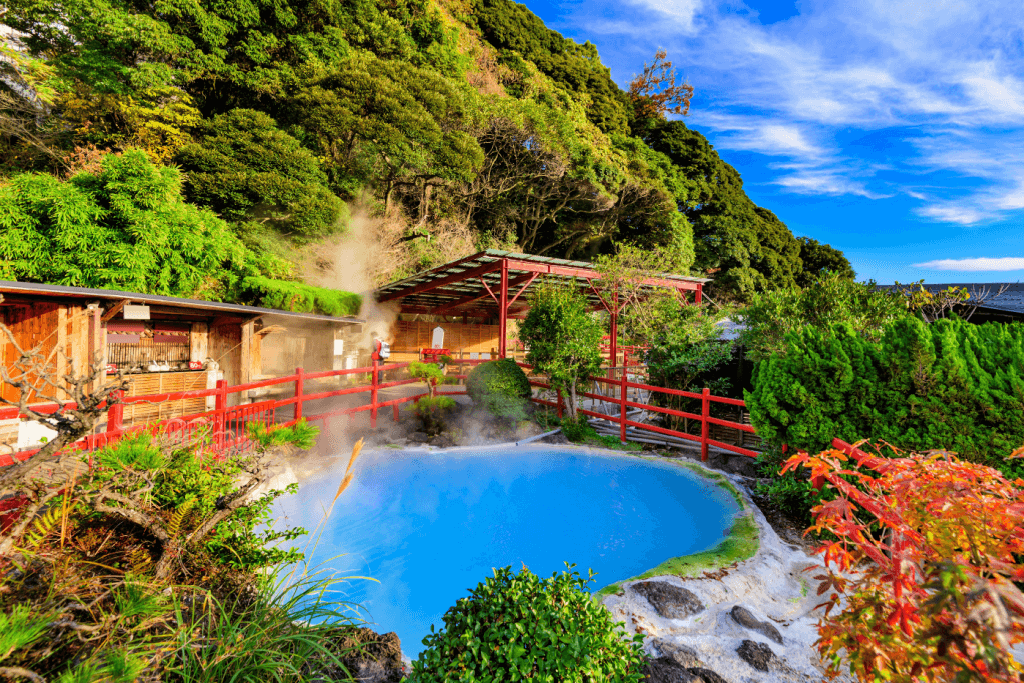
The iconic “Hells of Beppu” showcase the city’s natural resources through vibrant yet relaxing hot springs. Visitors can witness boiling mud, steaming waters, and mineral deposits that create an extraordinary view. Not to mention, Beppu’s connection to the sea extends to its seafood-rich cuisine, where locally caught ingredients are transformed into delicious dishes.
As we wrap up our exploration of these five intriguing Japanese port cities, we’re reminded of their maritime history, cultural exchange, and historical value. Nagasaki’s diverse influences, Yokohama’s evolution, Shimonoseki’s strategic role, Otaru’s maritime charm, and Beppu’s natural marvels enrich Japan’s culture and history.
Overall, these port cities prove Japan’s connection to the sea and their role in shaping the country’s past, present, and future. Whether you’re a traveler or a curious explorer, these cities offer a glimpse into Japan’s maritime soul that will leave a mark on your heart and mind. Have you ever visited a Japanese port city before? Which one did you like the best? Let us know in the comments below!

Discover authentic flavors with Sakuraco
Get Sakuraco 

Discover authentic flavors with Sakuraco
Get Sakuraco 
Related Articles
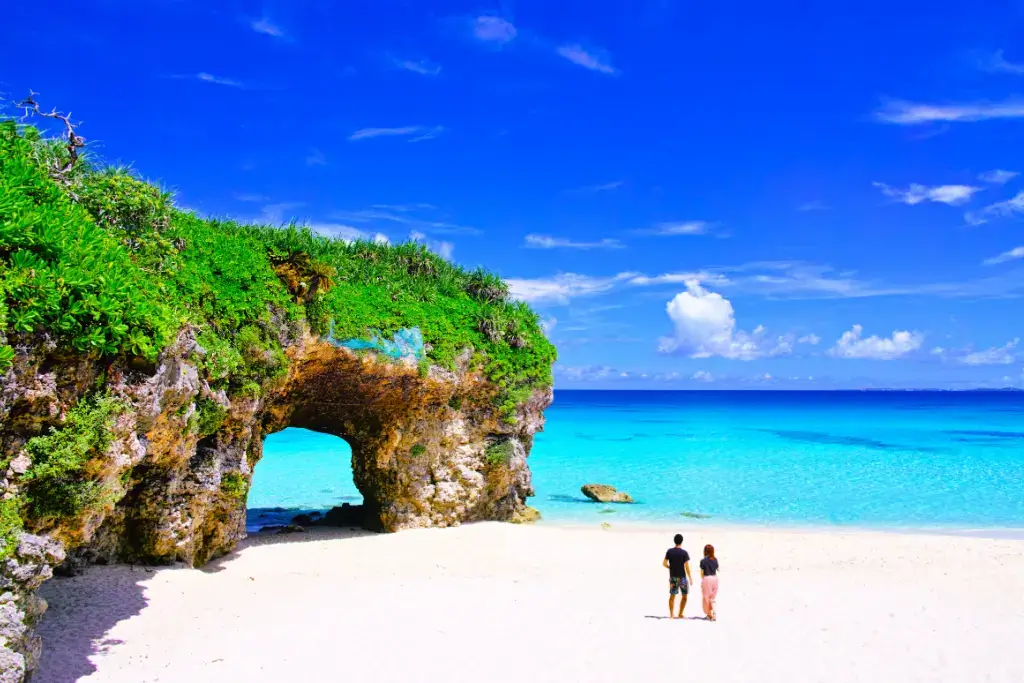
Okinawa Beaches: Five Great Tropical Escapes!
Okinawa Prefecture is a tropical paradise that is celebrated for its turquoise waters, beautiful, sandy coasts, and vibrant coral reefs. It has over 130 beaches, offering a coastal experience for every kind of traveler. These escapes range from secluded retreats to lively resorts. Today, we’ll explore five of the most captivating beaches in Okinawa!
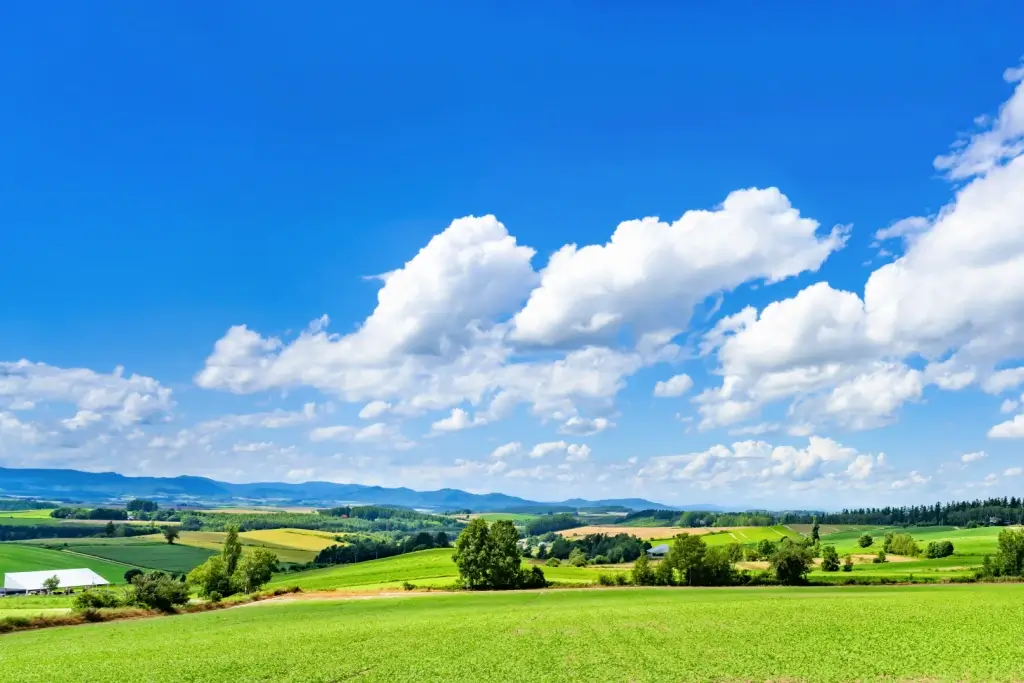
Hokkaido: Amazing Places to Enjoy This Summer!
With endless fields of flowers, misty lakes, fresh mountain breezes, and gentle festivals, Hokkaido’s summer is a world uniquely its own. Let’s look at explore five locations worth visiting during this time of year!

Mount Fuji Summit: Visit Sites Like Chureito Pagoda and More!
Rising at 3,776 meters (12,388 ft), the Mount Fuji summit is truly a sight to behold. On a clear day, you can even see it from Tokyo! This impressive volcano has inspired many poems, artworks, and pilgrimages for centuries.
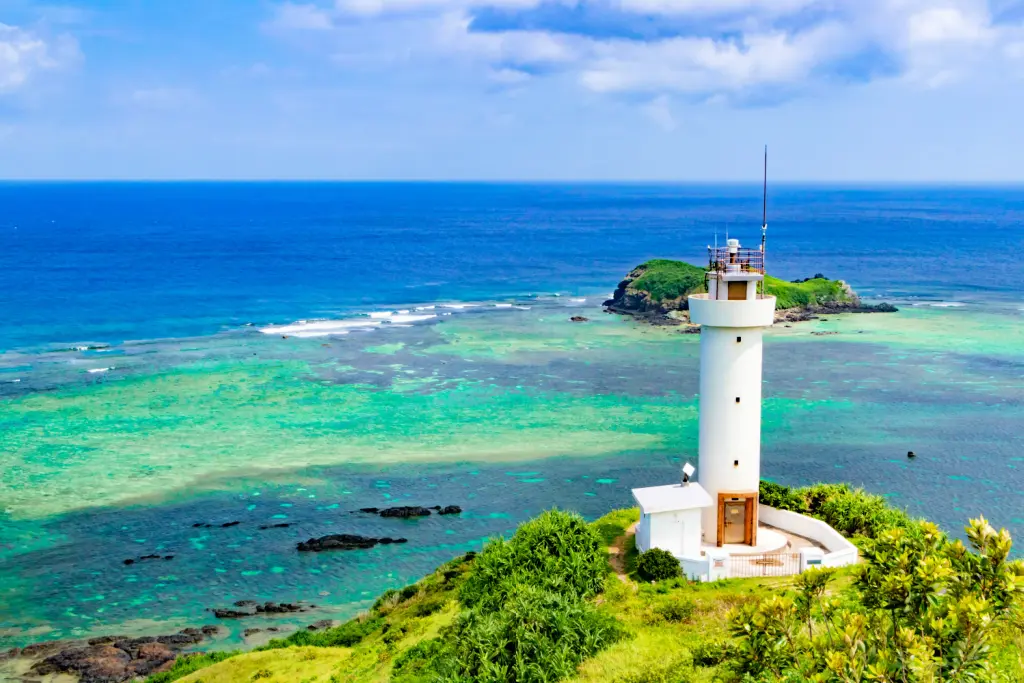
Okinawan Islands: Why You Should Visit Yaeyama!
While the rest of the country is famous for its high-speed trains and vibrant cities, the Yaeyama Islands move at the rhythm of waves and birdsong. This area will amaze you with its breathtaking natural beauty, blending majestic simplicity with the ancient cultural heritage. Keep reading to learn more about this Okinawan treasure!



